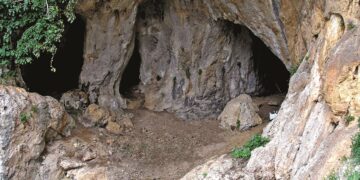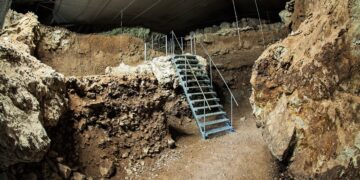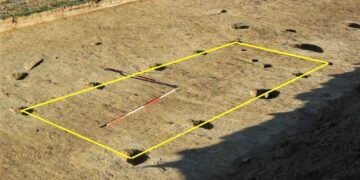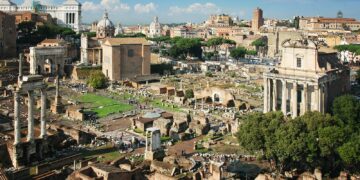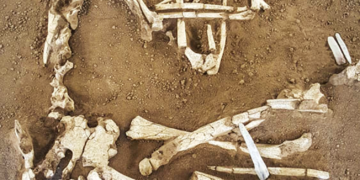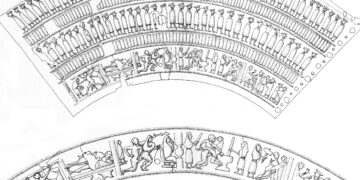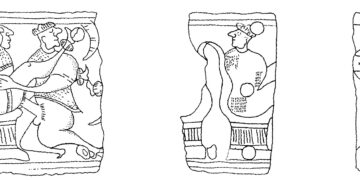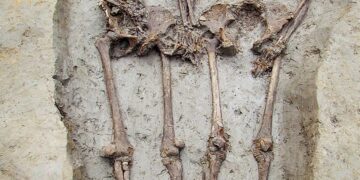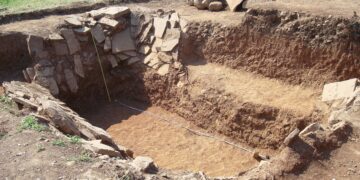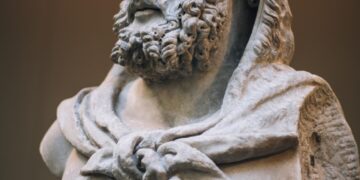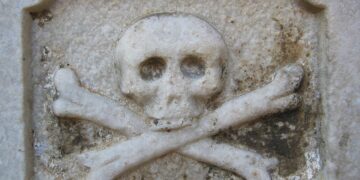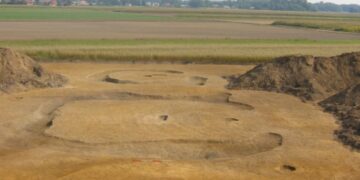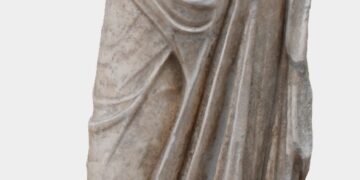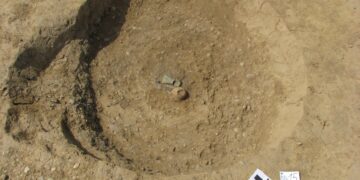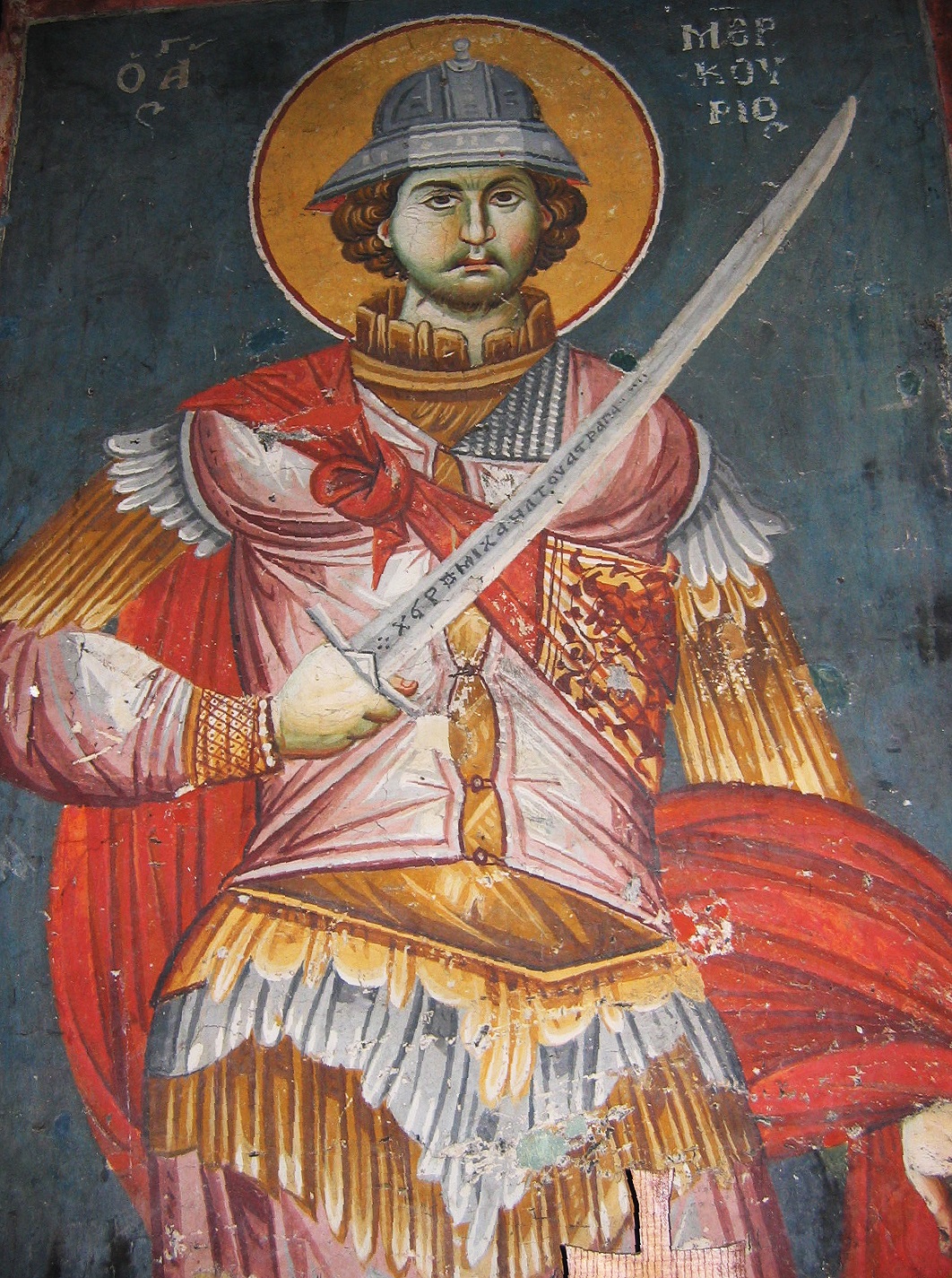We study different types of evidence – archaeological, textual, and visual – in order to reconstruct the mortuary rites, and focus on monumentality, funerals, gender- and status differences, and mourning rituals. Tombs, the cemeteries, funerals and commemorative rituals including banquets, sacrifice, and ancestor worship are key in understanding how ancient people expressed relationships with the dead, the supernatural, and with each other.
Tumulus building was a widespread cultural practice in Europe and in the Mediterranean. Tumuli covered the bodies of many people; their very visibility ensured that they lived on in the minds and lives of those who survived. They were a visible part of the landscape and an ever-present reminder of the ancestral presence of those who had come before. In several senses, they were not merely receptacles for the body; they were houses for the still-present spirit, or soul, of the predecessors of the living. They were ever-present to the people who dwelled among them in prehistory, and their presence today gives us a constant reminder of their importance and enduring qualities.

